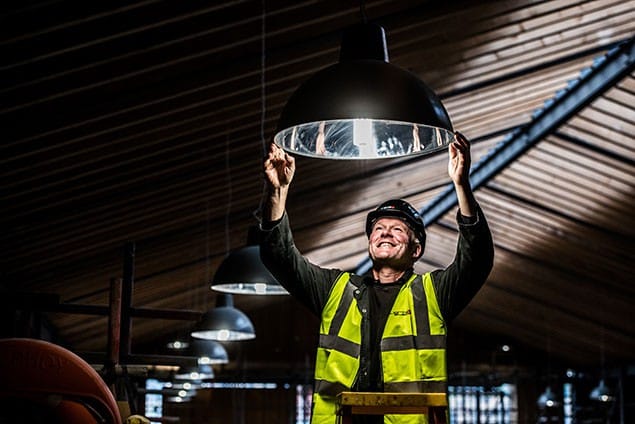News
Quartzelec delivers all M&E engineering elements for the Windermere Jetty Museum project

22 July 2019
Quartzelec’s contracting business secured the £1.4m M&E elements of this heritage project and one of its initial tasks in working alongside the main contractor Thomas Armstrong (Construction) Ltd was to develop and present the client with significant M&E engineering savings to help ensure the project was affordable.
In addition to fitting out the main electrical distribution switch room, Quartzelec’s involvement included all the power and mechanical plant requirements plus the low energy lighting installation that complies with today’s rigorous build codes. External lighting around the site, an integrated building management solution, along with fire alarm, CCTV and data systems were also part of the remit along with the heating and the cooling systems; the hot and cold water and the required sanitary ware; gas and utilities provision; ventilation; plus, above ground drainage.
“This has been a fascinating, challenging and rewarding project from the outset,” stated Quartzelec's Managing Director of Contracting - Stephen Morrison. “We are well experienced in delivering both new build as well as heritage and complex conservation projects, with all the necessary compliances. It’s never just about working to a budget; envisioning a quality solution that will stand the test of time and continue to meet the needs of generations to come is paramount. The design and quality implementation we’ve helped deliver here is evident throughout every aspect of the new museum and should bring enjoyment to millions for many decades to come.”
About the new Museum
The project comprised seven new buildings, the main elements being a stand-alone working conservation workshop with staff welfare spaces that is isolated from the other buildings. There is also a separate exhibition building that now houses both the main and temporary exhibits plus a learning centre, a café with a full kitchen. The main entrance complex also includes the reception, gift shop, public WCs and link / ‘circulation’ spaces as well as both the mechanical plant and electrical switch rooms. The final element was a wet dock that includes a sheltered space to contain further exhibits.
Located on the eastern shore of Windermere in Cumbria, the museum tells the 200-year story of the vessels and people that built, used and worked in the area. The former Windermere Steamboat Museum opened in 1977 and the new purpose-built facility has been supported by individual donors, various trusts and foundations, plus significant National Lottery Heritage Fund support and money from the Regional Grant Fund – opened in March 2019.



































